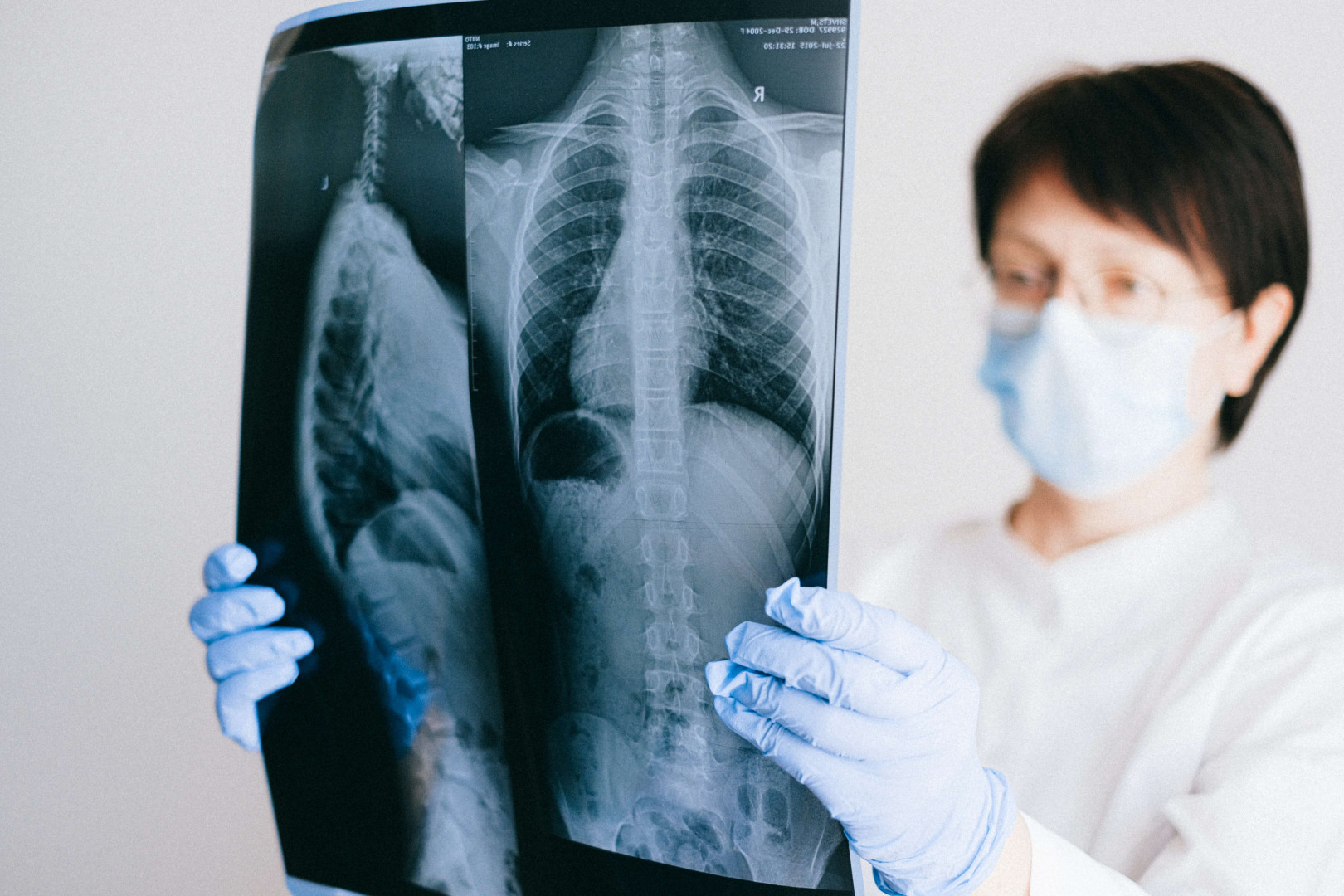INESC TEC developed a tool for the automatic analysis of X-rays images, in order to assess the evolution of COVID-19 patients
A team of researchers from INESC TEC’s Centre for Biomedical Engineering Research (C-BER) developed a computer-assisted diagnosis system, in partnership with radiologists from the Vila Nova de Gaia/Espinho hospital centre (CHVNGE) and the Northern Region Health Administration (ARS Norte).
14th December 2020
This system can help define the diagnosis and treatment strategies for each patient, by proposing a second opinion to radiologist or other non-specialised staff.
"COVID-19 can cause cough, fever and fatigue; in some cases, it can evolve into a severe infection of the airways. Standard chest radiography (X-ray) helps measuring the evolution of the respiratory tract infection and, consequently, determining the each patient's monitoring and treatment strategy. Coronavirus elements can be accurately detected whenever they’re present, which encourages the use of this type of tools to assess the evolution of the disease in patients with moderate to severe COVID-19 symptoms", explained Aurélio Campilho, researcher at C-BER and emeritus lecturer at the Faculty of Engineering of the University of Porto (FEUP).
A tool that resorts to deep learning methods
Six researchers at C-BER were in charge of developing the algorithm, supported by two radiologists in terms of radiological observation and follow-up.
The algorithm developed by INESC TEC is based on deep learning methods. The system automatically learns the most relevant elements of the image for diagnosis. More specifically, it analyses a significant amount of images representing the different signs of COVID-19, but also images of healthy patients or individuals with other conditions. With enough data, the system can learn the characteristics representative of a condition, thus enabling the automatic diagnosis.
There are already several studies on the use of support systems for medical diagnosis in these situations, but their clinical applicability is yet to be tested. “The system performance was compared to the interpretation of two experienced radiologists, and it showed significant potential to provide a diagnosis similar to that proposed by radiologists”, mentioned the researcher.
Testing at CHVNGE
Researchers from INESC TEC, in partnership with radiologists from the Vila Nova de Gaia/Espinho hospital centre (CHVNGE) and the Northern Region Health Administration (ARS Norte), developed the CXR_AI4COVID-19 (Chest Radiography-based AI for Supporting Clinical Decision on COVID-19) project. "This project, in which we combine medicine and engineering, has the potential to generate a useful and powerful diagnosis tool in clinical context. We are currently evaluating the possibility of testing it at CHVNGE, so it can act as a second opinion of easy interpretation, concerning the presence of COVID-19 in X-ray images - thus helping fight against the pandemic”, said Pedro Sousa, radiologist at CHVNGE.
The project lasted for five months and was supported by the RESEARCH4COVID-19 financing line (€29K), promoted by the Foundation for Science and Technology (FCT).
The researcher mentioned in this news piece is associated with UP-FEUP.


